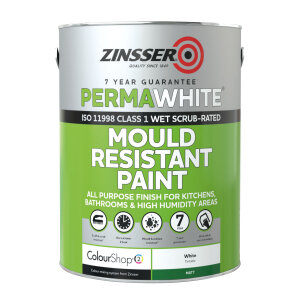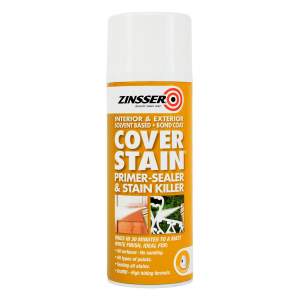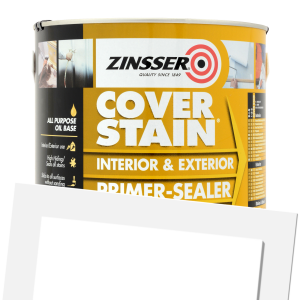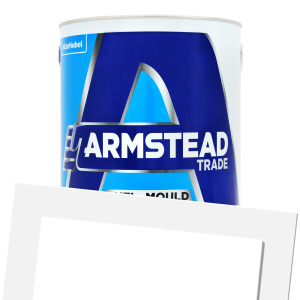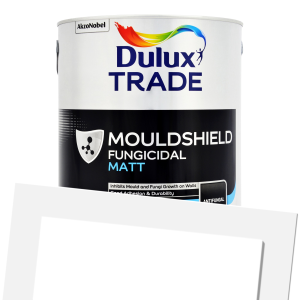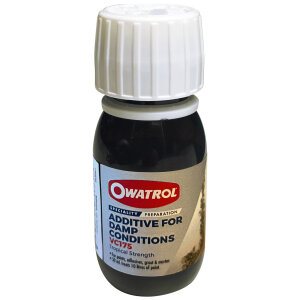Removing Mould From Walls

November 7th, 2023
How do you remove mould from walls?
- To help keep mould at bay, apply an anti mould paint after preparing the surface.
- Remove any growths with a stiff, non-wire brush.
- Clean the surface with a fungicidal wash.
- Use Zinsser Mould Killer to destroy any mould or fungi that may still remain.
View the range of problem solving products from Zinsser including Cover Stain and Perma-White.
Mould is a major headache for many households throughout the country which if left unchecked may cause an unsightly, unpleasant and unhealthy living environment. Wherever there is little ventilation and a recurring source of moisture, mould and mildew will be a problem so it's important to make sure you're using the right products.
Where does mould come from?
Mould mildew is a form of fungus propagated from spores present in most atmospheres when in damp conditions. Any environment in which the relative humidity exceeds 70 per cent for lengthy periods provides sufficient moisture.
There is usually a film of organic material on most building surfaces. However, mould growth is likely to be most prolific in situations such as breweries and bakeries where there is an ample supply of organic material and relative humidity is often higher than 70 per cent.
Mould growths are not usually particularly destructive to paint films unless the infection is deep seated or well established but they are unsightly and often difficult to eradicate.
They usually have a greyish or sooty appearance although some forms are coloured or produce stains which discolour the surface.
What about algae?
Like mould, algae on exterior surfaces only thrives in the right conditions; plenty of moisture and nutrient on the surface, often from nearby vegetation. It is not possible to change the environment other than by removing adjacent shrubs and trees, but the remedial treatment is similar to that for mould growth. It is best practice to always use fungicidal wash before painting an exterior surface to prevent algae build up.
Top tips before painting:
Protect any pipework, sanitary ware or decorative features with a suitable masking tape and/or dust sheets.
Choosing the Right Product
Two particularly effective products to combat and prevent mould growth are Glixton’s Fungi-Shield Anti Mould Paint and Zinsser Perma-White Interior paint.
Both products are washable, which is perfect for bathrooms and kitchens and are available as standard in white. Zinsser Perma-White can be tinted to a range of colours. Please ask your local store.
- Glixtone’s Fungi-Shield Anti Mould Paint is environmentally friendly as it's water-based, non-toxic and odour free when dry. Coverage of this product is approximately 11-13 sq m per litre with two coats recommended.
- Zinsser Perma-White Interior is also a high performance water-based coating that will withstand moisture and resist dirt pick up and conditions which promote mould and mildew growth. With a guarantee of 5 years, this self-priming coating will give you and your customers additional confidence in its performance.
Designed specifically for cellars, Zinsser Watertite and Dulux Cellar Paint are ideal.
Also, Owatrol VC175 Mould Killer is an additive that can be mixed with paint, timber stains, mortar, grout or adhesive to prevent the formation of mould and mildew.
Other trade grade anti-mould products are available from Armstead, and Dulux.
When using any of these specialist products, you should wear appropriate protective clothing including rubber or PVC gloves.
